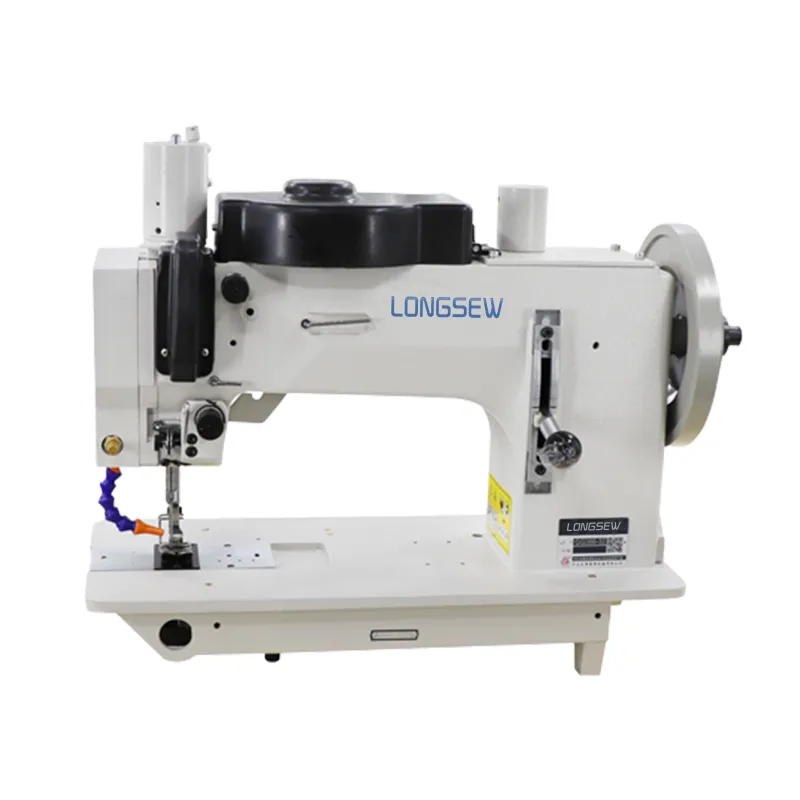Advanced Machinery for Heavy Tailoring Production and Customization Solutions
The Evolution and Impact of Heavy Tailoring Machines
In the world of textile manufacturing, heavy tailoring machines have revolutionized the way garments are crafted. These specialized machines are designed to handle thick fabrics and heavy materials that are common in industries requiring durable clothing, such as workwear, military uniforms, and specialized outdoor gear. The evolution of heavy tailoring machines has not only improved efficiency in production but has also enhanced the quality and durability of finished products.
Historical Context
The journey of heavy tailoring machines began in the late 19th century with the invention of the sewing machine. Initially, these machines were developed for light fabrics and domestic use. However, as industries expanded and the demand for more robust clothing grew, it became clear that there was a need for machines that could handle heavier textiles like denim, canvas, and upholstery fabrics. By the mid-20th century, advancements in technology gave rise to heavy-duty sewing machines equipped with features designed specifically to work with thicker materials.
Key Features of Heavy Tailoring Machines
Heavy tailoring machines are distinct from standard sewing machines in several ways. First and foremost, they are built with more powerful motors that allow them to sew through several layers of heavy fabric without skipping stitches or jamming. Their sturdy construction includes reinforced frames made of high-quality metals, which minimizes vibrations and enhances stability during operation.
Another essential feature of these machines is the specialized presser feet and feed dog systems that ensure even feeding of difficult materials. This is crucial for achieving precise stitching, as heavier fabrics can be prone to shifting and bunching, leading to uneven seams. Furthermore, heavy tailoring machines often come with a variety of stitch options, including straight, zigzag, and decorative stitches, allowing manufacturers the flexibility to create intricate designs even on robust materials.
Automation and Technology Integration
The latest innovations in heavy tailoring machines include automated features that have significantly streamlined the sewing process. Computerized sewing machines can now be programmed to perform specific patterns and stitches with minimal manual input. This not only increases accuracy but also speeds up production time and reduces labor costs. For businesses operating on tight timelines and budgets, these technological advancements are invaluable.
heavy tailoring machine

Moreover, modern heavy tailoring machines often incorporate user-friendly interfaces that simplify the operation, allowing even those with minimal experience to achieve professional results. This democratization of technology means that small workshops can now utilize high-end equipment without the need for extensive training or investment in specialized personnel.
Environmental Considerations
As sustainability becomes a crucial focal point in manufacturing, the heavy tailoring machine industry is also adapting. Today's machines are designed to minimize waste through more efficient fabric usage. Additionally, there is a growing emphasis on eco-friendly production practices that reduce the environmental footprint of garment manufacturing. From using durable materials that extend the lifecycle of products to implementing energy-efficient machines, the industry is making strides towards greener practices.
The Future of Heavy Tailoring Machines
Looking ahead, the future of heavy tailoring machines is bright. The continual advancement of materials science paves the way for even thicker and more durable fabrics, requiring further evolution in sewing technology. Enhanced sensors and AI integration could lead to smarter machines that automatically adjust settings based on the type of fabric being used, eliminating guesswork and potential errors.
Furthermore, as customization becomes a prominent trend in fashion and tailored clothing, heavy tailoring machines will play a critical role in allowing manufacturers to respond to consumer demands for personalized products without sacrificing quality.
Conclusion
In conclusion, heavy tailoring machines are indispensable tools in the textile manufacturing industry, enabling the production of high-quality, durable garments. Their evolution from simple sewing machines to advanced, automated systems reflects the ongoing quest for efficiency, precision, and sustainability. As technology continues to evolve, these machines will undoubtedly adapt, ensuring that the industry can meet the challenges of modern manufacturing while catering to the diverse needs of consumers. The significance of heavy tailoring machines in shaping the future of the fashion and textile industry cannot be understated, as they stand at the intersection of tradition and innovation.
-
Boost Production Efficiency with a Pattern Sewing MachineNewsAug.29,2025
-
Industrial Excellence with the Best Heavy Duty Sewing MachineNewsAug.29,2025
-
Precision and Power with the Best Pattern Sewing MachineNewsAug.29,2025
-
Reliable Bulk Packaging Starts With the Right FIBC Sewing MachineNewsAug.29,2025
-
Advanced Packaging Solutions: Elevate Productivity with Jumbo Bag Sewing Machine and Industrial Stitching EquipmentNewsAug.29,2025
-
High-Performance Solutions for Bulk Packaging: FIBC Sewing Machine and MoreNewsAug.29,2025
-
Maximize Efficiency with an Industrial Cylinder Arm Sewing MachineNewsAug.28,2025


























